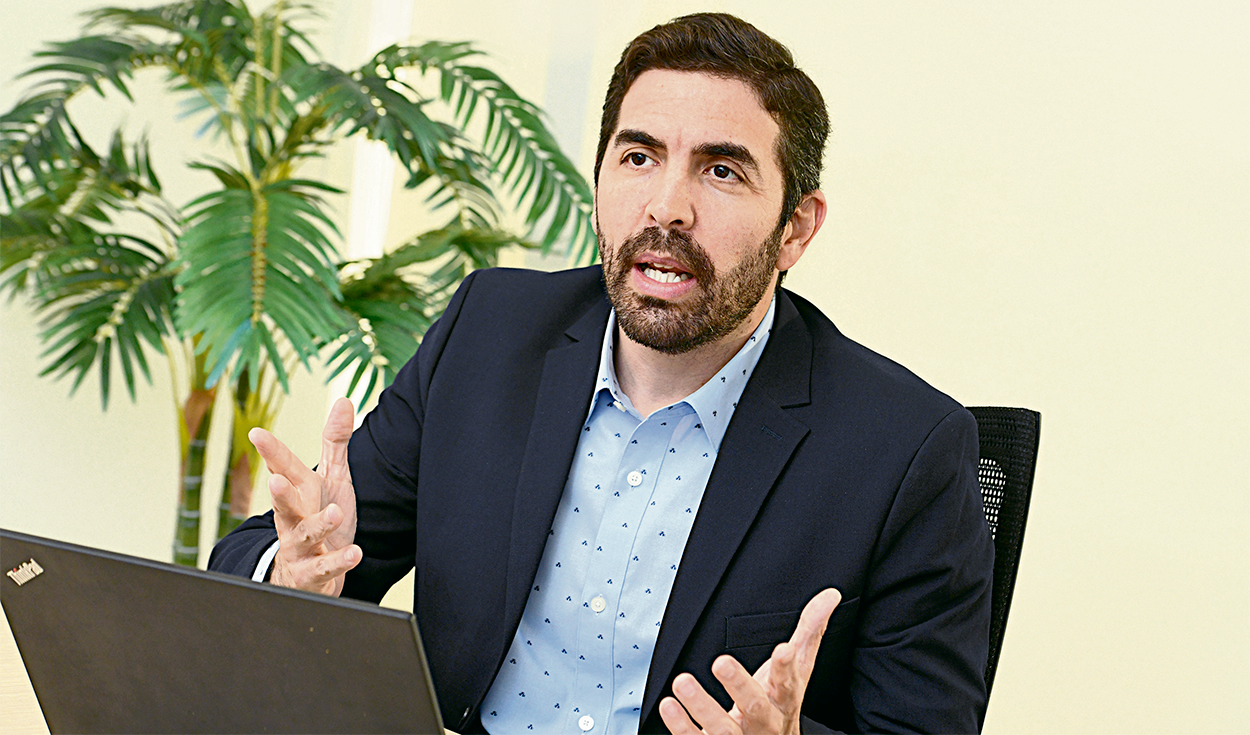
Promigás de Colombia is the company that has the Gases del Pacífico (Quavii) concession in Cajamarca, La Libertad, Lambayeque and Áncash, in addition to the Piura concession, with Gasnorp. Its general manager, Miguel Maal, expects this year a before and after for the massification of natural gas not only with the promotion of LNG for cargo transportation, but with the approval of the single rate.
-How were the gas concessions closed last year?
-Last year was positive for us in terms of residential connections, despite the recession and El Niño. In addition to our direct investments, we have resources from Con Punche Perú, which allowed us to build about 650 km of residential networks in the north, especially in Trujillo, Chimbote, Chiclayo, Paita and Talara to connect about 45,000 clients; That is, a closure in 2023 of just over 264,000 customers in the north. A very good figure because our commitment to Quavii (Gases del Pacífico) in the Northern Concession was 150,000 residential customers and we already have 245,000 in that concession and more than 18,000 in the Piura region.
-And in terms of vehicle conversions, how did it go?
-As for CNG, we finished with 7 stations (own and connected), two of them with LNG in Alto Moche and Chiclayo, which will begin operating this year. One of the main objectives in 2024 is that we have about 120 heavy-duty vehicles with LNG in the Green Corridor. It is an interesting sector, we have interest and a lot of opportunity for growth for the transporter, since it will mean savings of 40% compared to diesel.
-However, continuing along this route depends on some pending issues in the sector.
-Yeah. A pending issue is the single or level rate. It is transcendental for the sector, since the final natural gas rate in the northern and southern concessions are not competitive. There is a proposal introduced through Bill 679, which has been discussed several times in Congress and so far has not been adequately approved. The last time it came out with a maximum range of 50,000 cubic meters/month per client, when 900,000 was proposed. It must be approved as soon as possible to make the rate in the north more competitive and thus invest in residential networks.
-This year they have to present their new five-year plan. What are the expectations?
-At Quavii, we have the presentation of the new plan on March 5. It is a process that will be developed under the current tariff scheme and there, unfortunately, we do not have a scheme that makes the development of residential networks sustainable. We have already exceeded the commitments we had with the State. For this reason, the new plan that we will present for the residential sector will be from scratch, we will only be able to connect over the networks already built. Hence our urgency for a level rate, which would make greater investment commitments possible for Peruvians.
-What is the reason for so much resistance from Congress?
-It is a lack of knowledge on the part of Congress, because the Ministry of Energy and Mines (Minem) and Osinergmin have done their homework. A Parliament with a great diversity of actors makes it difficult to take positions. Now, there are changes in the Executive and we will also have to return to the issue with the new minister [Rómulo Mucho].
-What do you expect from the new minister for massification?
-We hope to open up on the issue, because with the leveled rate we could go from the 265,000 clients that we have in the north alone to about 700,000 in about 5 or 6 years, something that would be replicated in the rest of the concessions. The leveled rate would also make other concessions viable in regions still without gas, such as what were once 7 regions.
-What will they do, for now?
-This 2024 we are going to expand infrastructure to serve the fishing, agricultural and brick sector, in addition to installing new CNG stations. About 3 or 4 stations will be included in this plan, and we are going to connect about 45,000 homes, saturating the existing networks, counting on the resources that the State can allocate. Therefore, the levelized rate would alleviate the burden that FISE has today.
-And as for the corridor?
-The Green Corridor is carried out on a par with a Cálidda station in the capital. This year a great signal will be given and we need demand to be encouraged: LNG has a range of 1,200 km (if it has two tanks it can be 2,000 km), and would allow us to get from Lima to Chiclayo without stops.
Source: Larepublica
Alia is a professional author and journalist, working at 247 news agency. She writes on various topics from economy news to general interest pieces, providing readers with relevant and informative content. With years of experience, she brings a unique perspective and in-depth analysis to her work.











